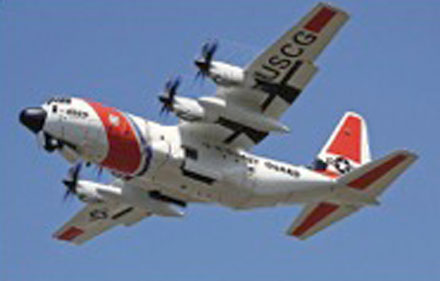
If we’re lucky, seed bombing could jump to a whole new level of awesomeness. A fleet of unused and decommissioned C-130 Hercules cargo planes, originally created to drop land mines, could be recommissioned as foresters. Sources: Treehugger and Inhabitat
Lockheed Martin and Aerial Forestation of Newton took an old rusty idea from former UK RAF pilot Jack Walters and turned it into a reality.
The planes will be outfitted to each drop up to 900,000 trees in one day and with 2500 C-130s sitting unused in 70 different countries, this idea could make for a lot of little saplings.
“The possibilities are amazing,” Peter Simmons told the Guardian.
“We can fly at 1000ft at 130 knots planting more than 3,000 cones a minute in a pattern across the landscape – just as we did with landmines, but in this case each cone contains a sapling. That’s 125,000 trees for each sortie and 900,000 trees in a day.”
The cones in question are expertly formed to bury themselves in the soil of a deforested area at the same distance that one would want them to be if planting the trees by hand. The tree bombs don’t explode on impact but rather their casing dissolves over time and they contain a measure of fertilizer and enough moisture to ensure that the tree takes root.
There’s not much about this idea that we don’t like resusing old planes that are gathering dust and planting new trees in deforested areas both sound like wins.
Lockheed Martin seems excited about the idea as well, and they note that if the technology is dispersed across the many countries that have these ideal planes just sitting around, as much as 1 billion trees could be planted in one year.
Lockheed intends to market the idea to companies with large carbon footprints that they hope to offset, just take up a plane instead of having hundreds of people bent over a deforested area attempting to dig holes for saplings.
The idea was explored by Lockheed Martin and Aerial Forestation Inc. and hasn’t come to full fruition yet. We found it lingering in a pile of awesome ideas and thought that with a little help, perhaps Lockheed and Aerial Forestation — or some other company that supports big ideas — would pick it up and bring it back to life.





